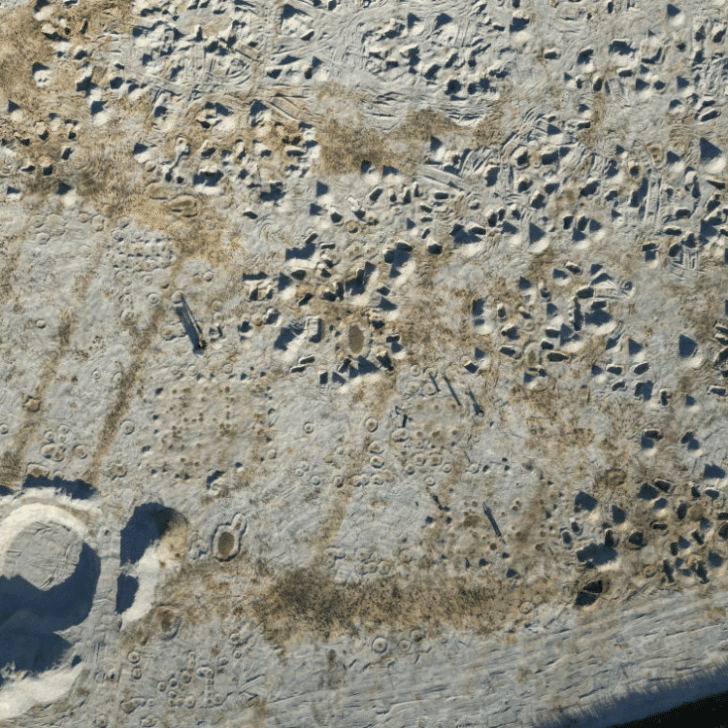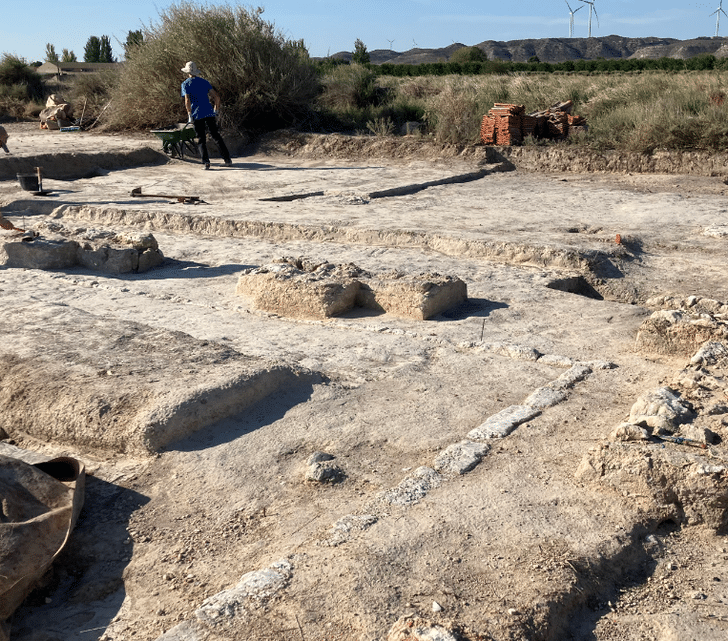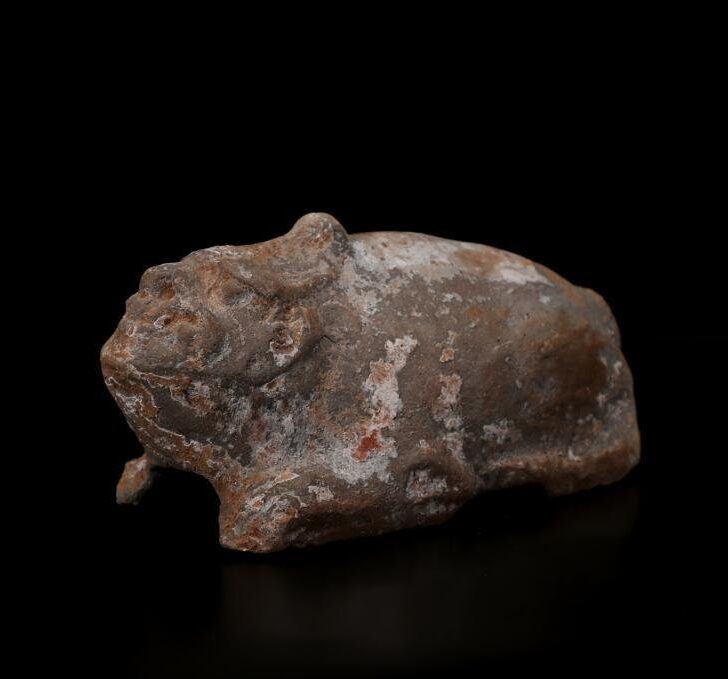In the expansive Tarim Basin of northwest China, a significant archaeological discovery took place in the early 1970s: 500 mummified remains, each with its unique story, were unearthed from the Yanghai cemetery. However, among these remnants, one stood out, not just for its impeccable preservation, but for the sartorial elegance it exhibited. The Turfan Man, named after a neighboring city, bore an attire that would be the envy of many a modern fashionista.
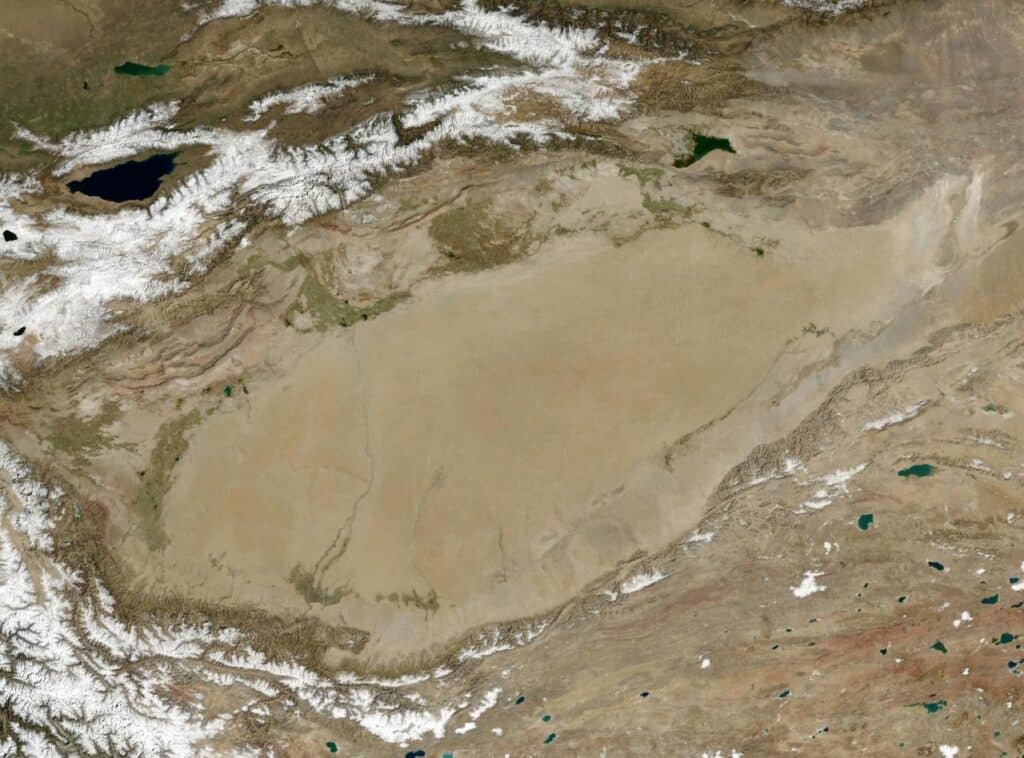
An astonishing aspect of the Turfan Man’s wardrobe was a pair of trousers. These weren’t just any trousers. Remarkably resembling today’s factory-made denim jeans, they boasted a detailed and strong pattern. Notably, these 3,200-year-old trousers are believed to be the oldest ever discovered, hinting at the dawn of this indispensable garment’s creation.
Fashion, often relegated as frivolous in the annals of history, plays a pivotal role in reflecting culture, society, and technological advancements. The Turfan Man’s trousers underscore this significance. Textile preservation challenges have often left gaps in our understanding of ancient fashion. However, such preserved pieces provide invaluable insights into the socio-cultural milieu of yore.
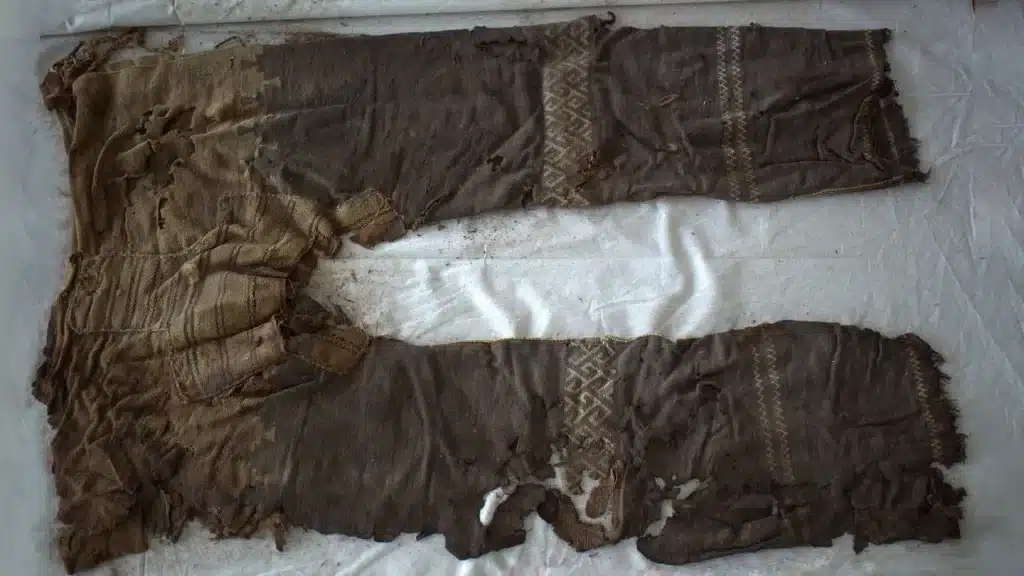
Understanding the make of these ancient pants required a multifaceted approach. The German Archaeological Institute’s Eurasia Department’s scientific director, archaeologist Mayke Wagner, spearheaded an investigation, uniting geologists, chemists, and fashion designers. The aim? To dissect the weaving techniques of the Turfan Man’s attire. Their findings, published in the 2022 edition of Archaeological Research in Asia, are nothing short of groundbreaking. Revealing the use of up to four weaving methods, with two unique to this pair of trousers, the study debunked previous theories. The trousers weren’t sewn but woven, utilizing the twill weave method, offering flexibility and mobility — a feature crucial for the horse-riding society of Yanghai.
Interestingly, twill weaving, at the time of the Turfan Man’s attire’s creation, was a nascent technique. Its earliest traces, discovered in an Austrian salt mine, were a few centuries older. This overlap in timelines prompts intriguing questions about the cross-cultural exchanges and influences on ancient Chinese artisans. This complex weaving process, even in today’s world, remains the backbone of durable jeans, drawing parallels between ancient and modern craftsmanship.
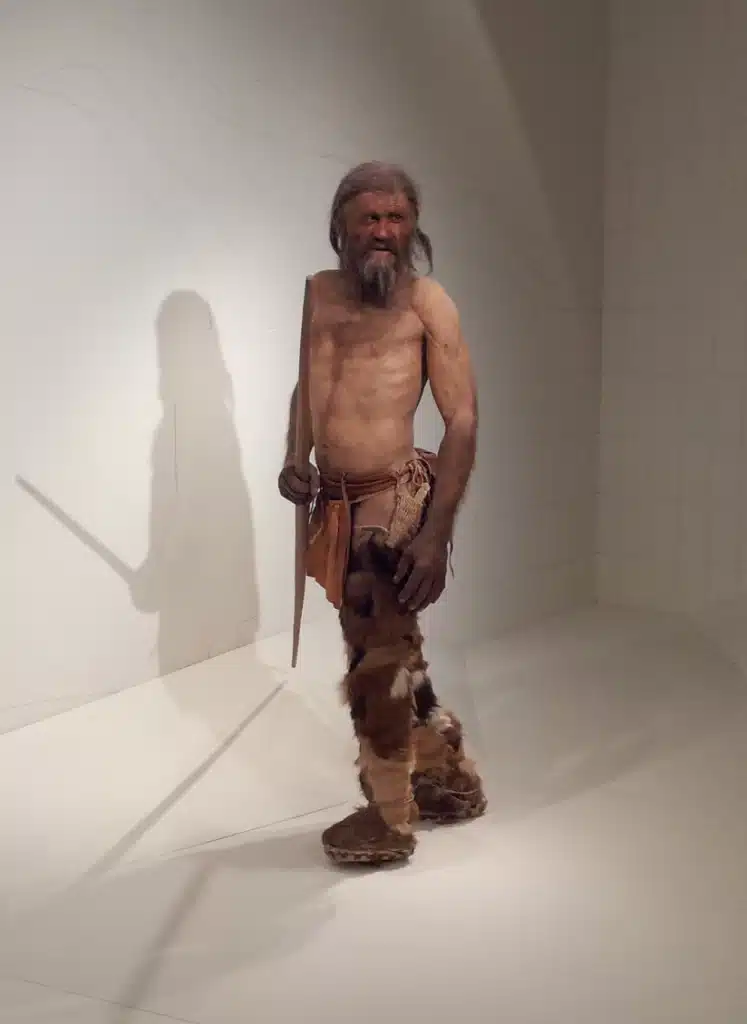
Textile archaeology underscores that clothes indeed ‘make the man.’ The Turfan Man’s attire gives credence to the belief that fashion isn’t just about style but function. The twill weave, coupled with a specially designed crotch piece, ensured comfort while horse-riding. Beyond functionality, the intricate designs on the trousers also reveal the Turfan Man’s societal connections, with patterns resonating with findings from Siberia, Kazakhstan, Central Asia, and even the Middle East.
In conclusion, the 3,200-year-old trousers of the Turfan Man don’t merely represent an ancient fashion artifact. They’re a testament to the confluence of culture, craftsmanship, and functionality. And in their resemblance to today’s jeans, they remind us that fashion, no matter the era, revolves around the same core principles.
- Unearthing the Secrets of the Great Sphinx: Lost Relics Resurface - November 19, 2023
- 5 Most Incredible Archaeological Discoveries of Recent Times - November 17, 2023
- Uncovering 3 Mysterious Ancient Battle Artifacts - November 15, 2023

